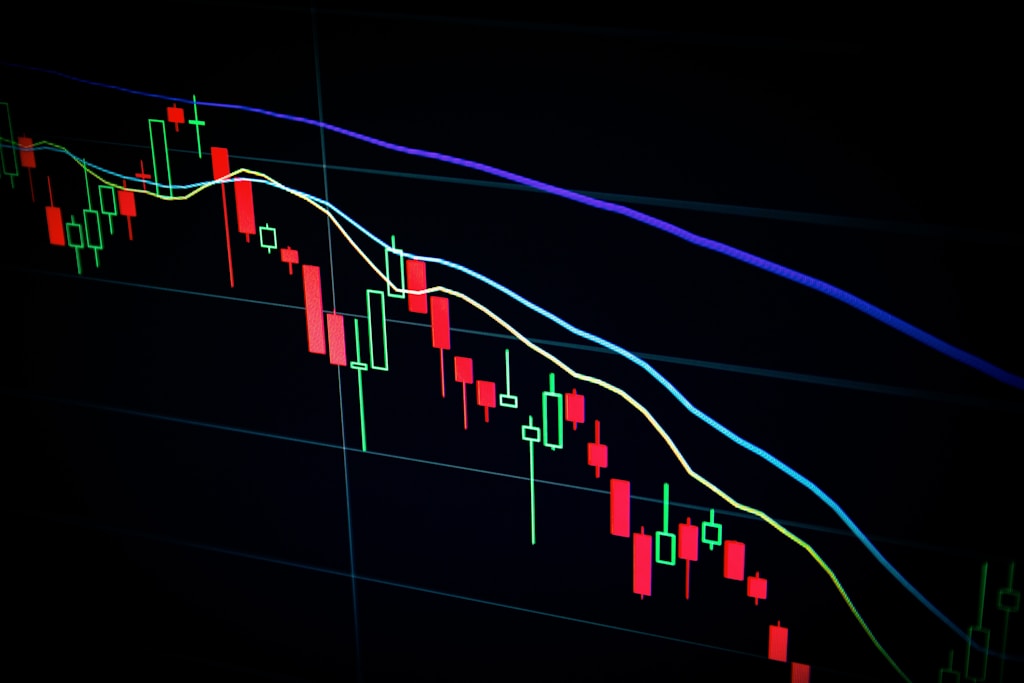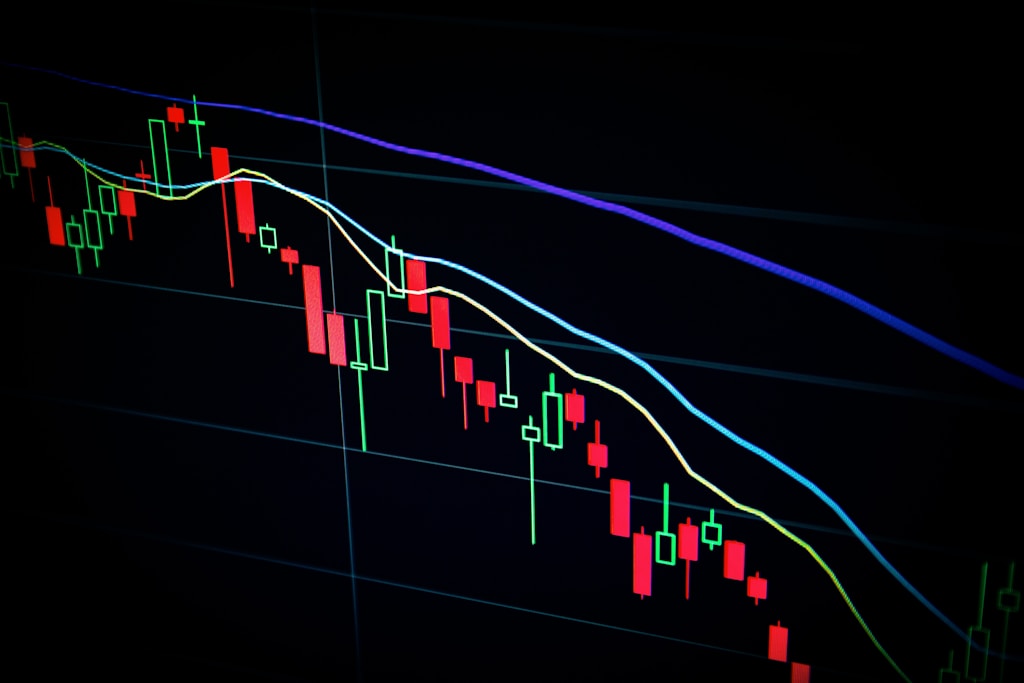Trump Media’s $3B Crypto Push Sparks Market Speculation
Reading time: 8 minutes
Trump Media & Technology Group (TMTG) is reportedly planning a massive $3 billion fundraising initiative focused on cryptocurrency investments, marking one of the largest potential corporate entries into the digital asset space. This development comes as more companies are strategically adding crypto to their treasury holdings.
Key Details of TMTG’s Crypto Ambitions
According to sources cited by the Financial Times, the proposed fundraising structure includes:
- $2 billion in equity funding
- $1 billion through convertible bonds
- Focus on cryptocurrency investments and digital asset infrastructure
Market Impact and Analysis
The potential entry of a Trump-affiliated company into the cryptocurrency space could have significant implications for market sentiment and institutional adoption. This follows a broader trend of increasing institutional cryptocurrency investments, with recent data showing record inflows into digital assets.
TMTG’s Official Response
While speculation continues to mount, TMTG has issued statements dismissing these claims. However, market analysts suggest that the company’s potential entry could signal growing mainstream acceptance of cryptocurrency investments.
Frequently Asked Questions
What is the total value of TMTG’s proposed crypto investment?
The reported total is $3 billion, split between $2 billion in equity and $1 billion in convertible bonds.
How would this impact the crypto market?
A $3 billion investment could significantly boost market confidence and potentially trigger increased institutional adoption.
Has TMTG confirmed these plans?
No, TMTG has officially dismissed these claims, though market speculation continues.
Market Implications and Future Outlook
This development comes at a crucial time for cryptocurrency markets, potentially influencing both retail and institutional investor sentiment. The move could signal a broader trend of traditional media companies exploring digital asset investments.






